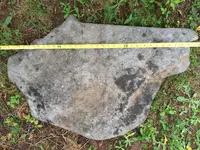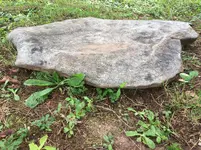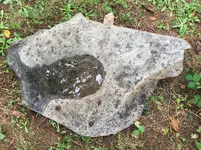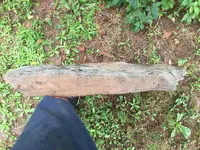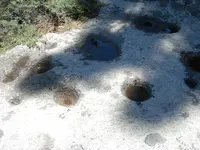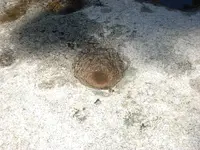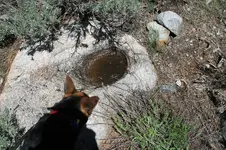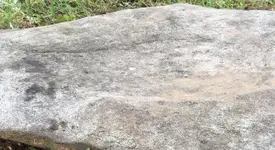Dave, I’m learning as I go. The trick to correct identification it seems is not only recognizing shapes, but understanding the mechanics of actual construction and use of tools.
There are a couple things that bother me about the appearance of your stone, but I’m no expert yet and you have stated you are not looking for that type of discussion so let’s just let that go.
Here is a good example of one of my disappointments here...the typical “sorry it’s just a natural stone, I see no evidence it was worked by man”.
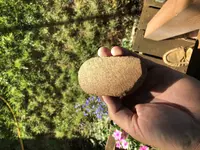
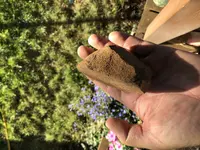
I was positive it was an artifact..a grinding stone of some sort. It was found near an area that had obsidian flakes scattered. Despite being told it was just a natural rock, it stayed on a shelf in my house for a couple years. It was perfectly flat and fit my hand perfectly. I could envision it really being useful. Meanwhile I have tripped across some obvious examples of a Mano and have now realized everyone was right. Being flat, fitting my hand, and being found near some human activity is not enough. The rock is not the correct material for a Mano. It is hard and tightly grained.
A good material for a Mano will be a little softer and porous or grainy with tiny voids in the rock. This is so the stone stays “sharp” as it wears down.
In the rock I pictured above, they would have to sharpen it by pecking the face routinely (which it does not show evidence of). That’s a lot of work when there are more suitable materials around.
I pay attention when people provide feedback here because it may be based on a lot of learning or formal education in many cases. In my case the feedback was somewhat helpful.
Your second picture makes it look like a possible metate. Third picture looks like a completely different rock! ; )
